#Apollo–Soyuz docking
Text
1975- Apollo–Soyuz


Apollo–Soyuz Test Project: An American Apollo and a Soviet Soyuz spacecraft dock with each other in orbit marking the first such link-up between spacecraft from the two nations.
0 notes
Text

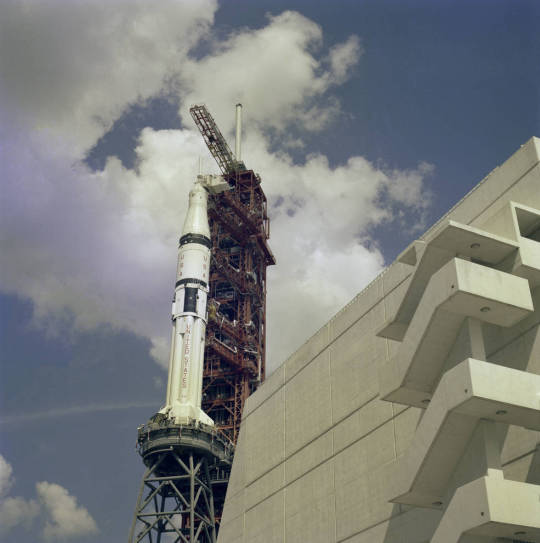
"The Saturn IB space vehicle for the Apollo-Soyuz Test Project mission, with its launch umbilical tower, rides atop a huge crawler-transporter as it moves slowly away from the Vehicle Assembly Building on its 4.24-mile journey to Pad B, Launch Complex 39, at NASA's Kennedy Space Center."
Date: March 24, 1975
NASA ID: S75-24007, S75-24009
#Apollo–Soyuz#Apollo Soyuz Test Project#ASTP#CSM-111#Apollo Block II CSM#Docking Module#Saturn IB#SA-210#Rocket#NASA#Apollo Program#Apollo Applications Program#Vertical Assembly Building#VAB#Kennedy Space Center#KSC#Florida#rollout#March#1975#my post
123 notes
·
View notes
Text
Paine's "60 years of communism will wipe the smile off anyone's face" vs Sergei's smile every time he interacts with Margo
#for all mankind#margo x sergei#think of when they dock their cardboard prototypes#or when they goof around in the apollo soyuz module#or when he's about to kiss her
21 notes
·
View notes
Text
Apollo 19 on approach to the unknown Soviet module
You could cut the tension with a knife. Mission Control is furiously chewing gum, like only a man whose recently been told he's not allowed to smoke in here can. The screen is showing mostly static, but there's enough visibility to see that it's definitely a Soviet module that the Apollo 19 mission is approaching.
Albertson, a young guy of about 22, comes in with a couple binders. "I've got those mission briefs, sir." "Great, great. Chaffee is almost close enough to read the insignia, and then we can figure this crap out." Another phone rings. He ignores it. This mission is screwed up enough without some white house bureaucrat breathing down his neck.
Chaffee's radio signal lights up. "I'm close enough to read the markings. It looks like it's C-O-Ю-З... 2. Over." and a burst of static.
Albertson drops a binder on the floor, the sound making everyone jump, like the Space module a hundred miles over their head might jump out and bite them. Control spots the right binder among the ones still perched on the desk, and grabs it himself.
"Here it is. Soyuz 2, launched back in '68, unmanned. It was supposed to be docked with Soyuz 3, but they gave up and the mission was a failure. Says here that it deorbited 28th of October, 1968. Huh..."
He looks up at the big clock on the wall. It's 9:18 AM, 3rd of July... 1972.
He motions to Stevenson. "Give him the go-ahead. He should know how to open the hatch, we covered this in training." He zones out as Stevenson relays the information. What in the Sam Hill is a Soviet rocket doing in lunar orbit, nearly four years after the blasted thing is supposed to have landed? Did the commies cover up what they were really doing with this rocket? Is his information wrong? Is the damn CIA lying to them again?" and he reaches into his shirt for a pack of smokes that isn't there, for about the 14th time today. He's shaken back to reality by the image showing up on the screen: There's a Krechet-94 spacesuit in the module. There's only one reason a spacesuit would be in an "unmanned" module... this mission wasn't as unmanned as everyone says.
On the screen, Chaffee is reaching into the cramped pod. The suit's sun visor is down, thankfully, he's happen for one less scare today. Chaffee is looking at the suit's indicators, but they're all blank. If someone was alive in there... they aren't anymore. He fumbles with the bottom of the helmet's gold-colored visor, and Control vaguely hears Stevenson relaying to Chaffee that there should be two plastic clips by the bottom which can be used to raise the sun visor. Chaffee gets it, and slowly raises the visor. The death's head, the smiling skull... it's always an almost comical image, even when you rationally know that a skeleton is the result of a living and breathing person who has died and decayed. Control saw plenty of dead bodies back in the war, but usually they weren't this far gone.
Chaffee cuts in on the mic, saying the obvious. Yep, Houston, if you can't see this... it's a skeleton. He says he'll check the uniform for a name. Behind Control, Albertson finally stands back up and ends up dropping the binder all over again, and this time even more people jump. "My god!" he nearly shouts. Control needs a cigarette more than ever.
Albertson peers past Control at the screen. "The Soviets... were sending skeletons into space?"
Control tells Stevenson to take over, he needs to make a call. It's a lie, there's no call, he's just not going to make it through today without a smoke break. And as for Albertson... "Albertson, get the hell out of here. You're too damn stupid to be working at NASA. No, they didn't launch skeletons, you complete... GAH."
The mission carries on. Control gets his cigarette. Albertson goes off to be a fool somewhere else.
149 notes
·
View notes
Photo

A Soviet Soyuz spacecraft in Earth orbit docks with an American Apollo spacecraft, painted by cosmonaut Alexei Leonov in 1974
#Alexei Leonov#Soviet sci-fi#cosmonaut#space art#self-portrait#Leonov was on board the ASTP at the time
528 notes
·
View notes
Note
For your WIP game: Love At The Drafting Table. I'm not really familiar with the source but I like the title and am curious about it!
Hello friend! Thanks for the ask <3 Sorry it took me so very long to reply. I wanted to get a little more written, it was mostly an idea.
So, a little background on For All Mankind, the show I've been obsessing over for the past few months: It's an alternate history of the space race in which the Soviet Union lands on the moon a month before Apollo 11 and the U.S. has to play catch up. And then while the U.S. is focused on beating them in the race to put a base on the moon, the Russians instead land a woman on the moon and the Americans are playing catch up yet again.
OK, so in this timeline, the Apollo-Soyuz mission takes place in 1983 instead of 1975. On the show, Margo Madison is the Director of JSC and she ends up working with the head of the Soyuz program, Sergei Orestovich Nikulov, to design the docking mechanism.
Love at the Drafting Table is an AU, and also the title of a Life magazine article that gets published in the story after the success of Apollo-Soyuz, a parallel to another in universe article published circa 1967 in Look magazine, "Love in the Air," about pilot Tracy Stevens and her husband astronaut Gordon Stevens. I switched to Life magazine because Look shut down in 1971 and also Life ran a full issue on the Apollo-Soyuz mission in 1975 so I wanted to parallel that.
The premise is that as a result of the televised handshake in space, the U.S. and the Soviet Union officially collaborate on more space missions after the peace treaty. And that Margo and Sergei, who grew very close working on this project together, become the faces of that collaboration on the ground, while Danielle and Stepan, the commanders of the Apollo and Soyuz capsules involved in the mission, are the faces in space. Aleida Rosales, Margo's protege who worked with them to refine the design, mentions to one of the journalists working on the Life feature that Margo and Sergei developed the initial design on their first date.
I'm still working out a lot of the details and planning, but I do have a little snippet I can share.
Aleida, Margo, and Sergei set to work drawing up new schematics incorporating the shock absorbing ring Aleida had suggested and refining the overall design. Despite Sergei’s facility with rendering, he encouraged Aleida to do the bulk of the work. He and Margo continued to make notes on their existing sketches, updating measurements and calculations for Aleida to work off of. Not fifteen minutes passed before they hit a snag and Margo craved a tootsie roll to chew over the problem with. She wrinkled her nose at the pencil eraser, knowing it wouldn’t cut it as a substitute. And then her stomach gave her away with a gurgle.
Sergei had seemed so focused on his notes, but immediately looked up at her with that cheeky little half smile she was starting to recognize as the prelude to a wry joke or clever idea. A warmth bloomed low in her belly and she fiercely ignored it.
“Did someone eat your porridge?” His blue eyes danced and Margo pressed her lips together to fight down the smile that pulled at the corners of her mouth.
“You’re still drunk,” Margo muttered and lost the battle, her smile breaking free with the lingering vowels of her drawl. Aleida snorted but didn’t look up from her work.
Thanks again for the ask, and for your patience <3
WIP Title Ask Meme
#for all mankind#fam#margo madison#sergei nikulov#margo x sergei#sergei x margo#aleida rosales#wip#wip ask meme#my writing#love at the drafting table#wips#works in progress#i'm excited about this one right now#looking forward to including emma too!
26 notes
·
View notes
Text

March 1, 1924... remembering Donald “Deke” Slayton
Would be 100th birthday for USAF pilot/astronaut Donald "Deke Slayton, selected a NASA astronaut in 1959, USAF Captain Donald Slayton became one of the original Mercury 7 astronauts. However centrifuge training electrocardiodiagrams pointed out he had a heart condition, so he became chief of the astronaut office, deciding on crew planning for the Gemini and Apollo programs.
In March 1972, NASA announced that Slayton had returned to flight status and in this way he became DMP - Docking Module Pilot for the historic Apollo-Soyuz Test Project in July 1975.
Wristwatch-wise, Donald Slayton wore a lot of watches (Accutron, Breitling, Bulova, Omega,...) and he was the first of the NASA astronauts to be spotted wearing an Omega Speedmaster CK2998-4 in December 1962. By June 1963, three NASA astronauts (Donald Slayton, Walter Schirra & Leroy Cooper) had a personal Speedmaster CK2298. Although bezelless since June 1963, Slayton kept wearing his Speedmaster CK2298 untill June 1965.
Note in this 1991 portrait, Donald Slayton wore his Gold "Apollo 11" tribute Omega Speedmaster BA 145.022-69 n° 27 chronograph on yellow Gold bracelet awarded in November 1969.
(Photo: Pam Francis portraits)
#Apollo#Astronaut#321#chronograph#Speedmaster#Moonwatch#MoonwatchUniverse#NASA#military#montres#uhren#pilot watch#test pilot#Speedytuesday#Omega#spaceflight#Zulu time
27 notes
·
View notes
Note
For the WIP ask. I’m going to be greedy and ask about Fitting, there are a few…
Thanks for asking :)
Ok so! This one starts in 1975 and presupposes that, the timeline divergence happened (Soviets landed on the moon first), but Apollo-Soyuz happens earlier, under Ted Kennedy (I know, just roll with it). Also, unlike the solving of the docking issue in one single evening (which always was a little unrealistic), the planning takes months (IRL it took years to come to fruition, which is fascinating to read about).
Honestly, I think it just has kinda morphed into a writing exercise for me, and I don't know if I will ever publish it, but it's been fun! The initial idea was to start in 83 with them in an established relationship, but then I floated backwards and forwards. There's a lot of Molly in it too. And then I really started thinking about how to bring Aleida back if not for Apollo-Soyuz. Some of it is in pieces, and they are hard to connect. This bit is from the 'prequel' or the first chapter; I don't know what's what anymore.
*******
He grabs a pencil from his shirt pocket and begins scribbling. She instantly feels protective of the piece of paper but tries to let it go. It’s not like the idea of an airlock is all that novel.
She stands to come over to his side of the table and peers over his shoulder at what he’s drawing, right-side-up.
“I already thought of that,” she says, taking in his loose sketch of the Soviet docking collar on one side. “Either way there will still need to be an active and passive mechanism,” she says. “And I doubt your superiors will allow for Soviet equipment to be launched with the module from Houston.”
“Hmm,” he starts. “I presume NASA will approve their equipment being taken to Moscow and loaded on Soyuz then?”
Touchez, she thinks.
They stand silently for a moment, staring at her sketch, before he peeks at his watch and folds his arms, frowning. “There is a saying in Russia,” he says. She gestures for him to continue.
“Work is not a wolf. It will not escape to the forest.”
She looks at him quizzically. “Meaning?”
“Perhaps we should take a break,” he says, his brow softening a little. “But if only you can tell me… where did you get your meal from?” he adds, pointing to her sandwich.
She snorts. “Down the hall and to the left,” she says. He smiles slightly before heading out the door.
And this is how Margo finds herself eating dinner with a Soviet in the design room – between mutual scribbles of calculations and design ideas – every single night that week.
11 notes
·
View notes
Text
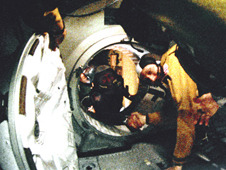
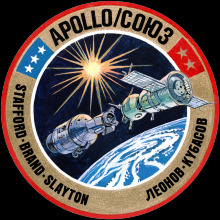
Astronaut Thomas P. Stafford (in foreground) and Cosmonaut Alexey A. Leonov make their historic handshake in space on July 17, 1975.
Credits: NASA
Happy Apollo-Soyuz docking day!
15 notes
·
View notes
Text
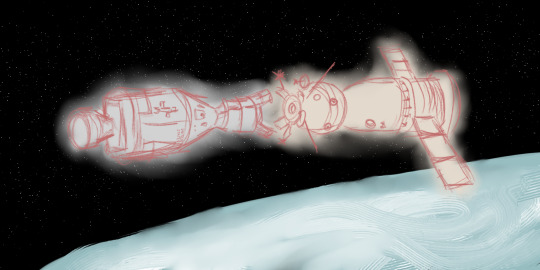
Day 320
for my archiving class project we're dealing with some NASA files and one of the things is about the Apollo-Soyuz Test Project which was the first international human spaceflight. The U.S.'s Apollo and the Soviet Union's Soyuz met in orbit and docked with each other and were able to board each others vessels while in space and it was the first time something like that was done and the first time the two nations cooperated with each other like that
anyways i felt like trying to draw it because like what if we were spaceships from enemy countries and we held hands in space
Reference image under the cut
https://www.nasa.gov/image-detail/amf-73a-s1905b/
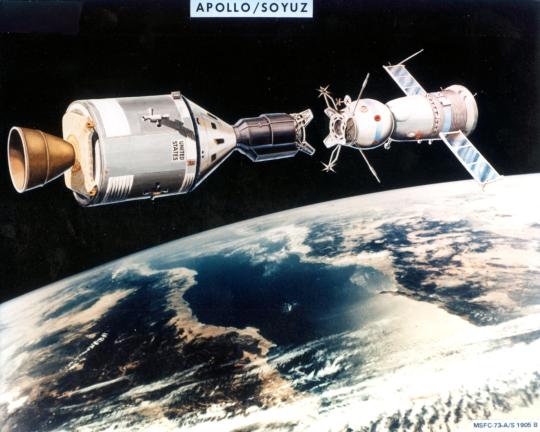
#this was supposed to be a quick sketch and then i ended up adding random colors and shit lol#mostly i wanted to just practice imitating an image by just looking at it#adad#ograt
7 notes
·
View notes
Note
Lake Names intrigues me.
Thanks for the ask 🥰
Lake Names is one of my earlier FAM fics and was largely inspired by my research into the development of the JSC campus. It is short and sweet, and if I would sit down and concentrate on it for a few hours it would be done!
The premise is that during 2x06, Margo and Sergei run into each other beside one of the artificial lakes on campus. Despite Sergei being Grumpy, their conversation is the bridge between the Apollo-Soyuz meeting and Margo's invite to the jazz club. Notably, it's when they begin to call each other Margo and Sergei rather than Ms Madison and Mr Nikulov.
An extract for you:
“Here’s to the universality of the human race,” he muttered, hoping she’d cut to the point of this intrusion.
Instead, to his surprise, she gave a small, breathy chuckle at his remark. “Indeed.”
Silence filled the space between them again. Someone passed behind them. Ms Madison turned to see who it was; Sergei didn’t. As she turned back she inhaled heavily. Here it is then, he thought.
“Mr Nikulov,” she began with aplomb. “The NASA leadership is very committed to making this docking happen.” She was probably lying through her teeth - he would have been to say the same.
He indicated for her to continue, managing to suppress his sigh.
5 notes
·
View notes
Text

Workers in the VAB replace the fins on the ASTP Saturn IB’s (SA-210) first stage.
Date: March 11, 1975
NASA ID: S75-23780
#Apollo–Soyuz#Apollo Soyuz Test Project#ASTP#CSM-111#Apollo Block II CSM#Docking Module#Saturn IB#SA-210#Rocket#NASA#Apollo Program#Apollo Applications Program#stacking#Vertical Assembly Building#VAB#Kennedy Space Center#KSC#Florida#March#1975#my post
62 notes
·
View notes
Text
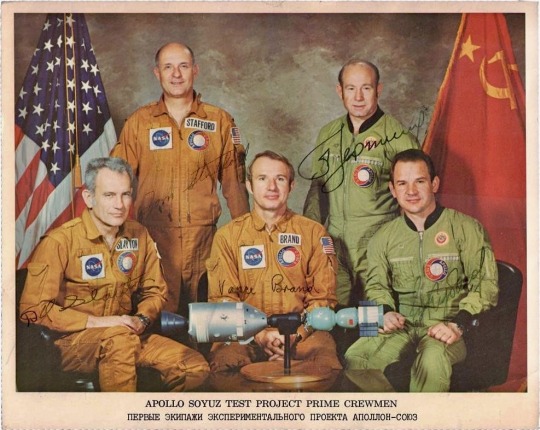
[Leonov, A.A., Kubasov, V.N., Slayton, D., Brand, V., autographs]. NASA Commemorative Postcard "The First Crews of the Apollo Soyuz Project" with autographs of cosmonauts. 1975.
In July 1975, the Saturn-1B rocket put the Apollo spacecraft into Earth orbit, and the Soviet Soyuz rocket launched the ship of the same name. The ships docked, and Soviet cosmonauts visited the Apollo ship.
Anticvarium
7 notes
·
View notes
Text

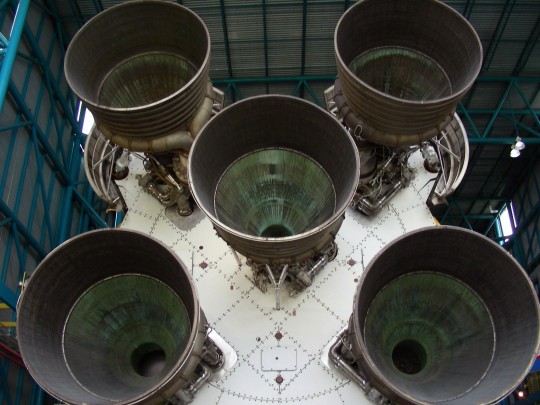
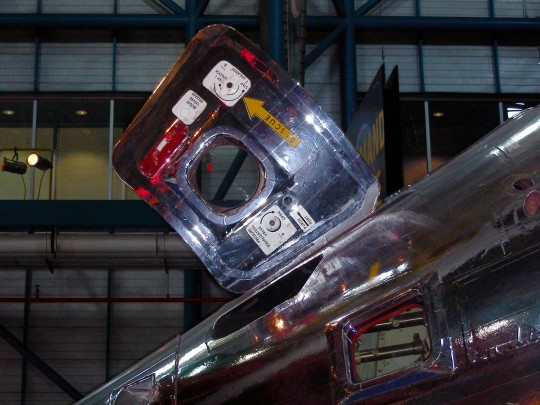
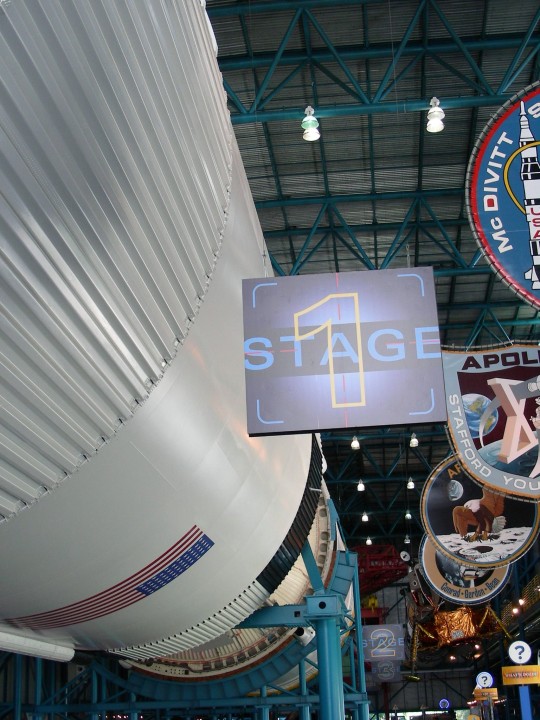

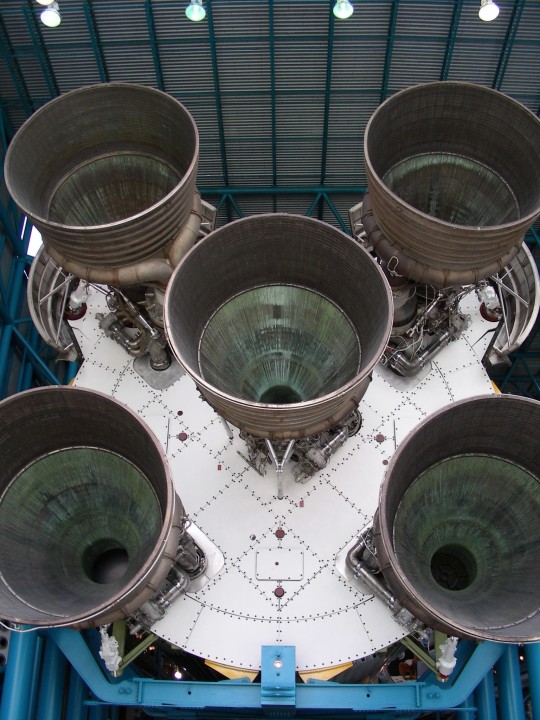
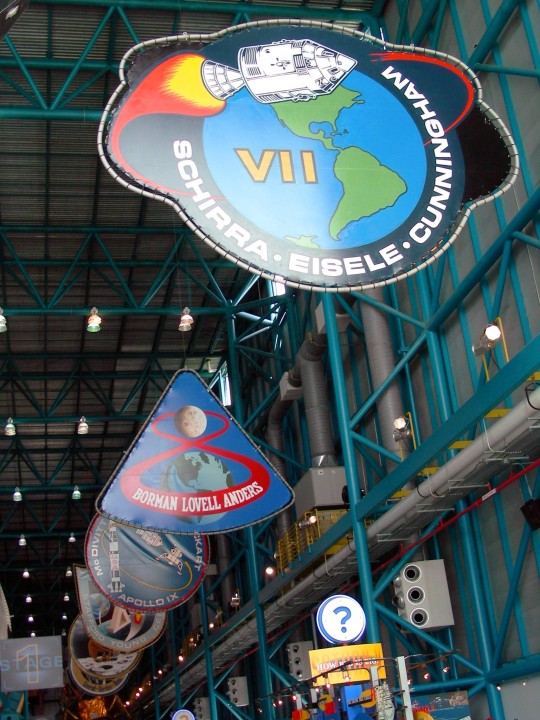



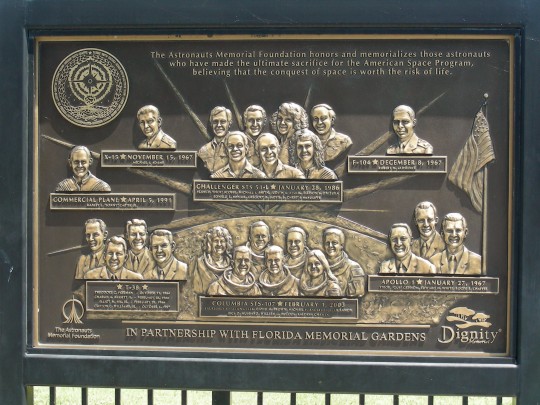




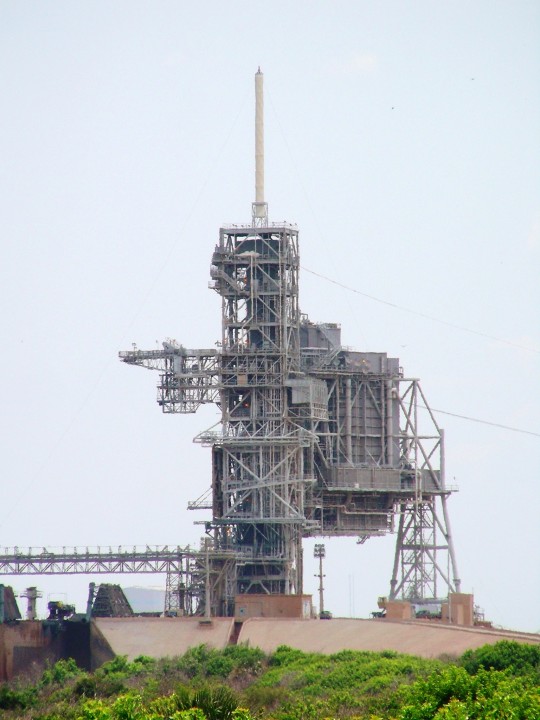


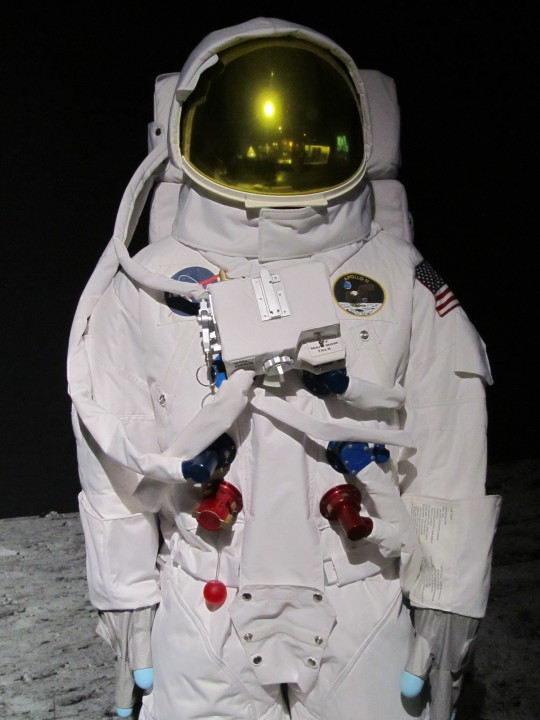
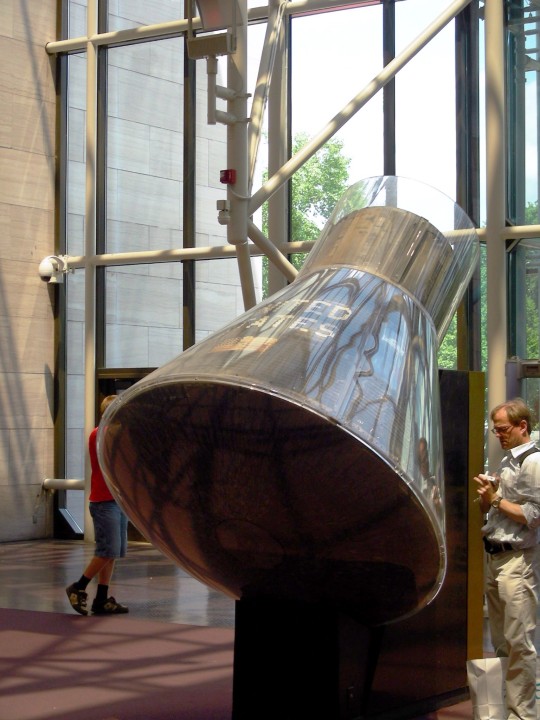

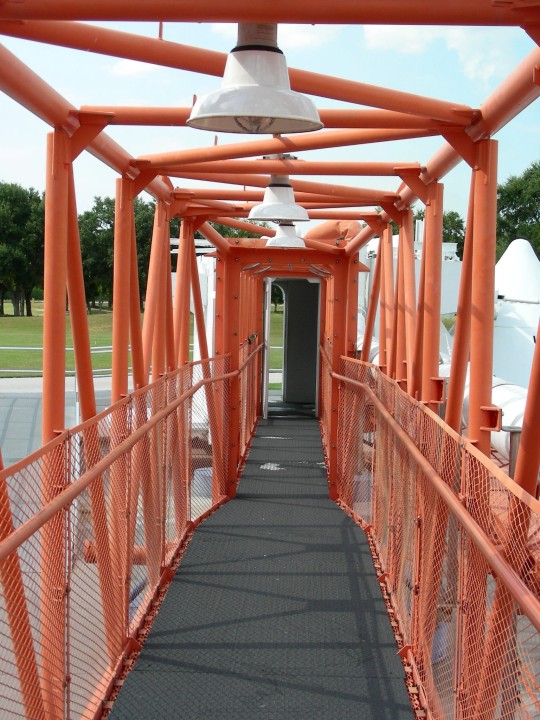

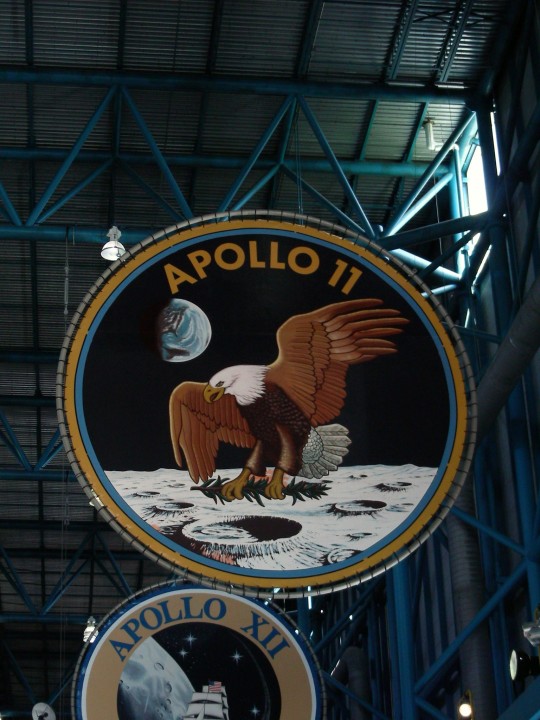
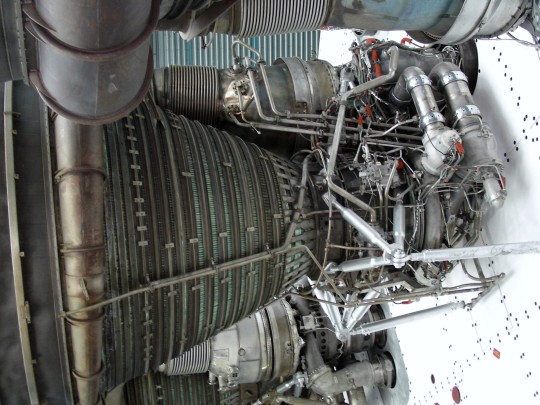

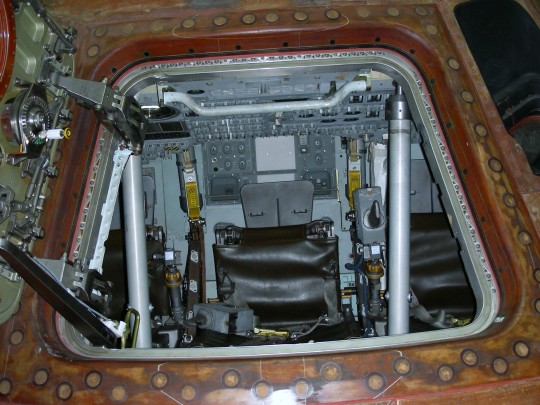
International Day of Human Space Flight
The beginning of the space era for mankind
The General Assembly, in its resolution A/RES/65/271 of 7 April 2011, declared 12 April as the International Day of Human Space Flight “to celebrate each year at the international level the beginning of the space era for mankind, reaffirming the important contribution of space science and technology in achieving sustainable development goals and increasing the well-being of States and peoples, as well as ensuring the realization of their aspiration to maintain outer space for peaceful purposes.”
12 April 1961 was the date of the first human space flight, carried out by Yuri Gagarin, a Soviet citizen. This historic event opened the way for space exploration for the benefit of all humanity.
The General Assembly expressed its deep conviction of the common interest of mankind in promoting and expanding the exploration and use of outer space, as the province of all mankind, for peaceful purposes and in continuing efforts to extend to all States the benefits derived there from.
The Voyager Golden Record shot into space in 1977 with a message from humanity to the cosmos – and decades later, it stands as a reminder that we are all connected. The United Nations displays a replica of the Golden Record at its Headquarters, and shares a deep connection to the process of creating it. A NASA committee asked the UN to provide materials to include on the playlist, and the first words on the Record itself are those of the then-UN Secretary-General expressing hope for peace and friendship with whoever discovers and plays it. Bill Nye “The Science Guy,” CEO of the Planetary Society, walks viewers through how to decipher the Golden Record, its significance today, and how reverence for the universe can inspire action for our planet. This aligns with the ongoing work of the United Nations to promote international cooperation in the peaceful use and exploration of space. The Director of the UN Office for Outer Space Affairs, Simonetta Di Pippo, explains the significance of the Golden Record in our world now. “The undertaking of the Voyager project reminds us of who we are, where we came from, and that we should treat each other with care.”
Background
On 4 October 1957 the first human-made Earth satellite Sputnik I was launched into outer space, thus opening the way for space exploration. On 12 April 1961, Yuri Gagarin became the first human to orbit the Earth, opening a new chapter of human endeavour in outer space.
The Declaration further recalls “the amazing history of human presence in outer space and the remarkable achievements since the first human spaceflight, in particular Valentina Tereshkova becoming the first woman to orbit the Earth on 16 June 1963, Neil Armstrong becoming the first human to set foot upon the surface of the Moon on 20 July 1969, and the docking of the Apollo and Soyuz spacecrafts on 17 July 1975, being the first international human mission in space, and recall that for the past decade humanity has maintained a multinational permanent human presence in outer space aboard the International Space Station.”
UN and Space
From the very beginning of the Space Age, the United Nations recognized that outer space added a new dimension to humanity’s existence. The United Nations family strives continuously to utilize the unique benefits of outer space for the betterment of all humankind.
Recognizing the common interest of humankind in outer space and seeking to answer questions on how outer space can help benefit the people’s of Earth, the General Asssembly adopted its first resolution related to outer space, resolution 1348 (XIII) entitled “Question of the Peaceful Use of Outer Space”.
On 10 October 1967, the “Magna Carta of Space”, also known as the Treaty on Principles Governing the Activities of States in the Exploration and Use of Outer Space, including the Moon and Other Celestial Bodies entered into force.
Today, the United Nations Office for Outer Space Affairs (UNOOSA) is the United Nations office responsible for promoting international cooperation in the peaceful uses of outer space. UNOOSA serves as the secretariat for the General Assembly’s only committee dealing exclusively with international cooperation in the peaceful uses of outer space: the United Nations Committee on the Peaceful Uses of Outer Space (COPUOS).
UNOOSA is also responsible for implementing the Secretary-General’s responsibilities under international space law and maintaining the United Nations Register of Objects Launched into Outer Space.
Source
#Mercury Friendship 7#International Day of Human Space Flight#InternationalDayofHumanSpaceFlight#12 April 1961#Jim Lovell's space suit#Verkehrshaus der Schweiz#Swiss Transport Museum#Kennedy Space Center Visitor Complex#USA#original photography#Launch Complex 39A (LC-39)#Space Shuttel Explorer#replica#Saturn V Moon Rocket#florida#2010#2009#summer vacation#travel#NASA#National Aeronautics and Space Administration#Washington DC#Apollo 11 Command Module Columbia#National Air and Space Museum#vacation#tourist attraction#Luzern#anniversary
0 notes
Text
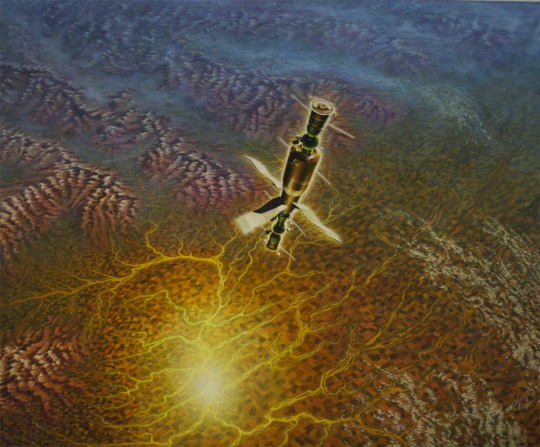
Soviet Soyuz spacecraft docking in Earth orbit with an American Apollo spacecraft, painted by Soviet cosmonaut Aleksey A. Leonov in 1974
0 notes
Text

60 years ago… Deke Slayton
In November 1963, Donald "Deke" Slayton resigned from his commission in the US Air Force after he was permanently disqualified from flying in space and became a civilian executive for NASA, becoming director of Flight Crew Operations in early 1966.
On March 13, 1972, after a medications treatment, NASA announced that Deke Slayton had returned to flight status. In July 1975, Slayton flew as Docking Module Pilot during the historic Apollo-Soyuz Test Project mission.
Photos show that Slayton had been wearing Accutron & Accutron “Astronaut” pilot watches between 1962 and 1973.
(Photo: NASA)
#Aviator#Astronaut#Accutron#pilot watch#GMT#MoonwatchUniverse#NASA#military#montres#uhren#spaceflight#tuningfork#Apollo-Soyuz#test pilot#wrist watch#Zulu time#USAF
50 notes
·
View notes